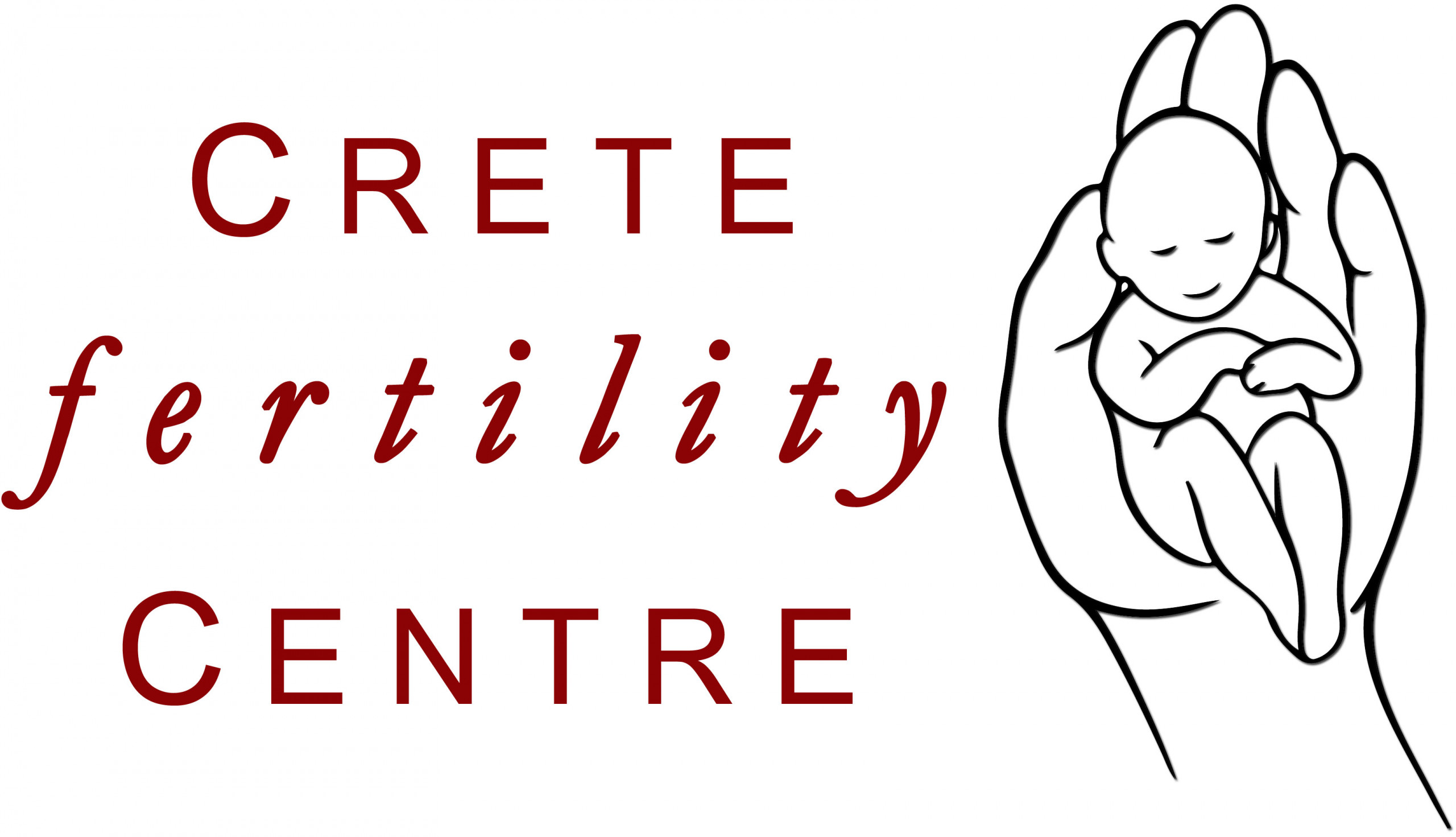Causes of Infertility
Infertility is a problem with the reproductive system that results in the inability of a man or woman to achieve a pregnancy or of a woman to carry a pregnancy to live birth. The accepted definition within the medical profession is the absence of conception after at least one year of regular intercourse without birth control. Regular intercourse refers to intercourse at least two to three times per week. The term is also used to cover women unable to carry a pregnancy to term because of miscarriage
Infertility is not sterility, which is the term used to mean conception is not possible under any circumstances. Infertility is not a new disease or condition, but it appears as if there has been an increase in infertility rates in the past few decades. Some factors that may relate to this increase include an increase in the age of women wanting to conceive, an increase in the spread of sexually transmitted diseases, and the rise in the level of toxic chemicals in our environment. Infertility does affect people of all ages, ethnic backgrounds, socioeconomic groups, and both sexes.
The percentage of couples troubled by infertility is high and unfortunately rising, almost 1 out of 5 couples experiencing infertility due to various reasons, both in Europe & the United States of America.
Surprisingly, only half of couples who are trying to become pregnant achieve pregnancy easily and about one in ten American couples of reproductive age are involuntary infertile; male infertility accounts for half of these cases. Despite the relative importance of infertility due to the male, infertility evaluations have traditionally focused on women, because women tend to seek gynaecological care and because men often are reluctant to seek advice.
In both the continents, 40% of infertility is attributed to the male partner, 40% to the female partner and 20% to both.
Unexplained infertility
In some instances, a cause for infertility is never found. It’s possible that a combination of several minor factors in both partners underlie these unexplained fertility problems. The good news is that couples with unexplained infertility have the highest rates of spontaneous pregnancy of all infertile couples.




